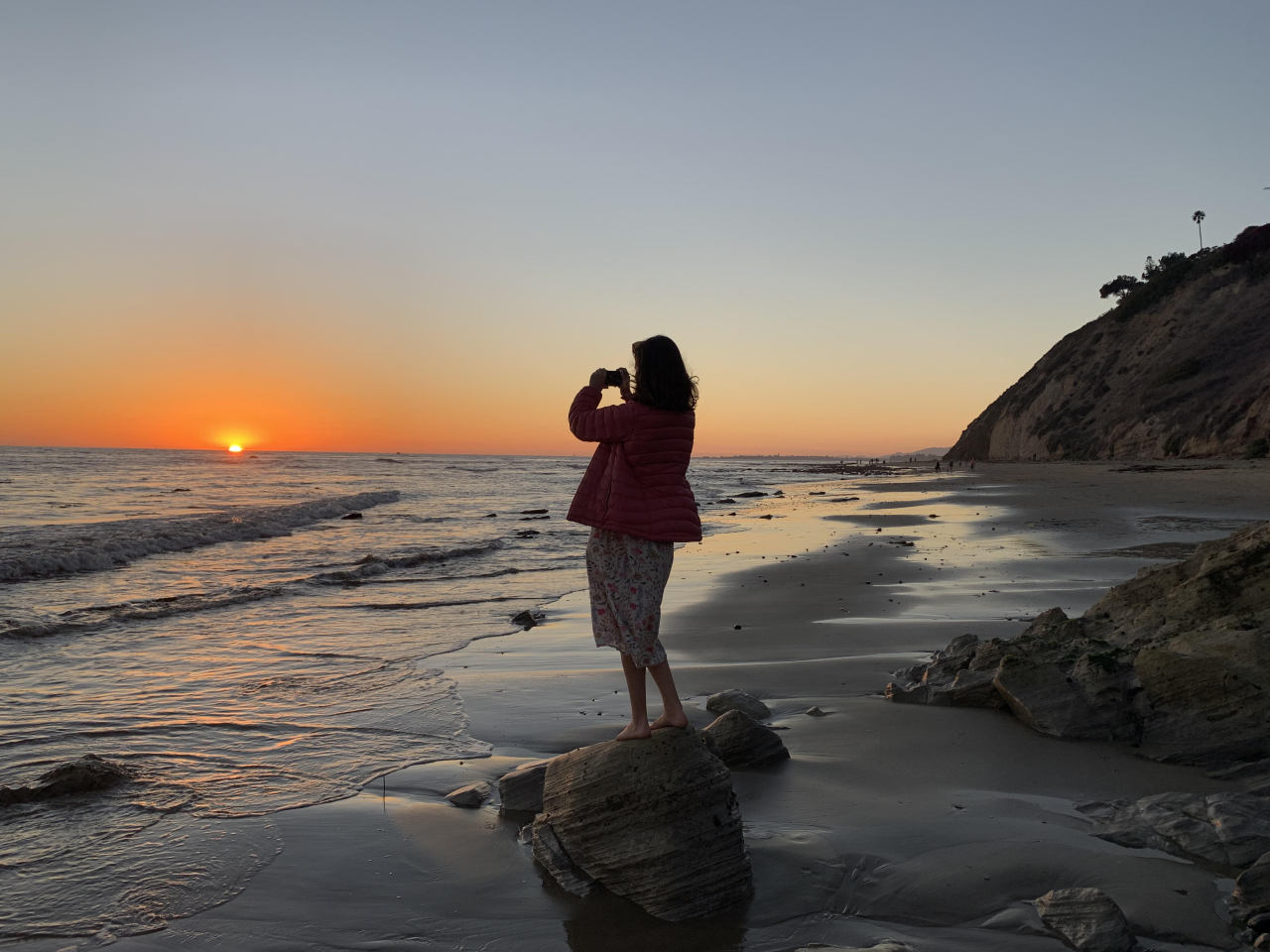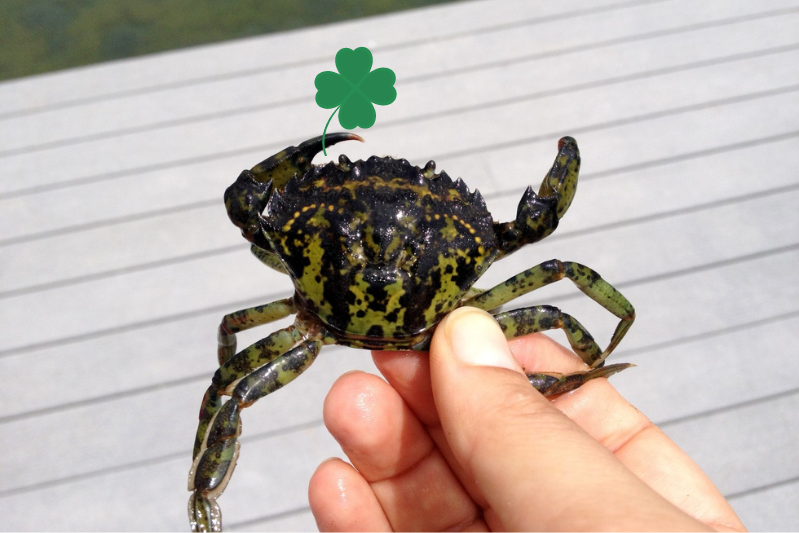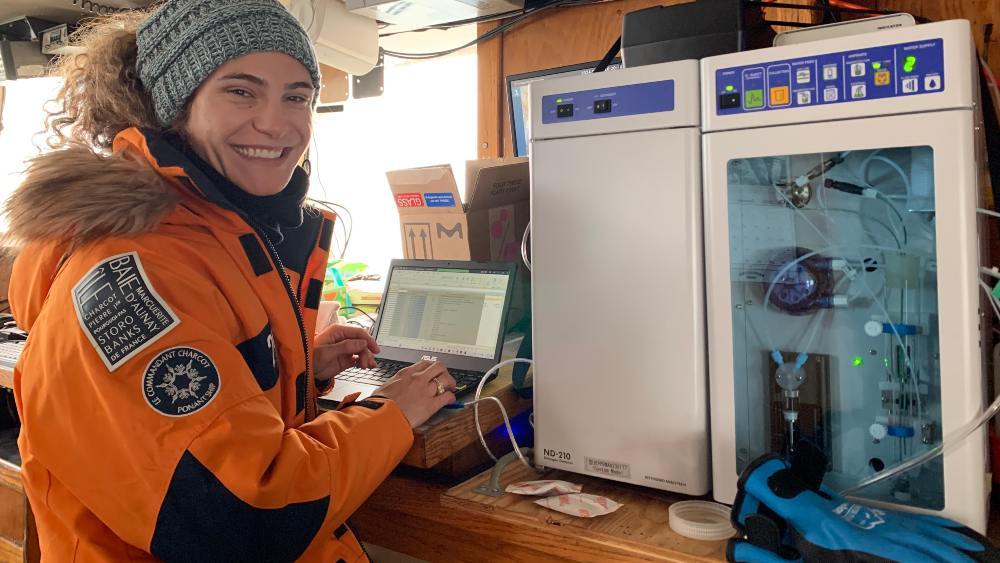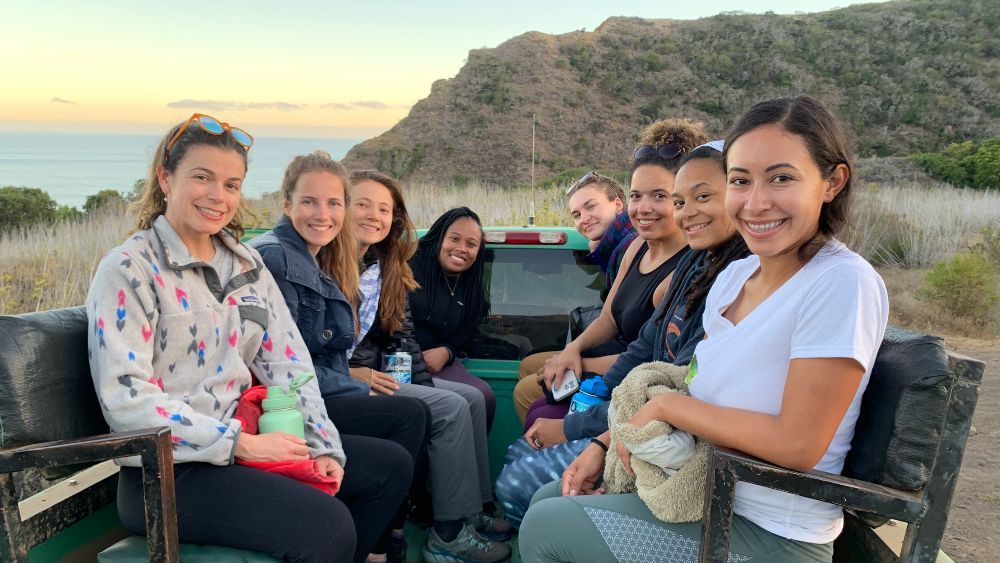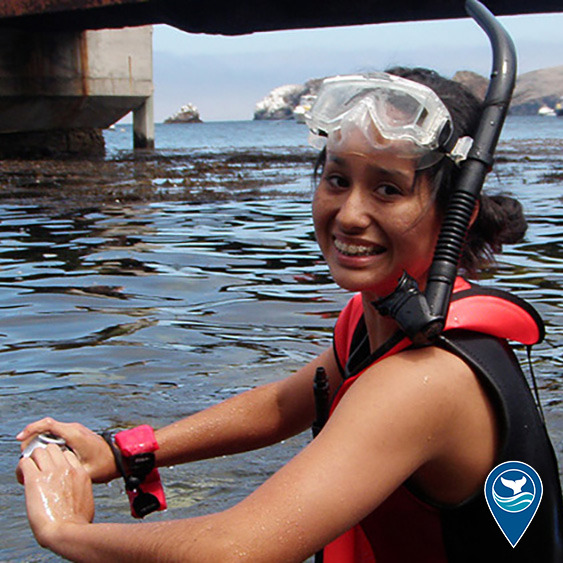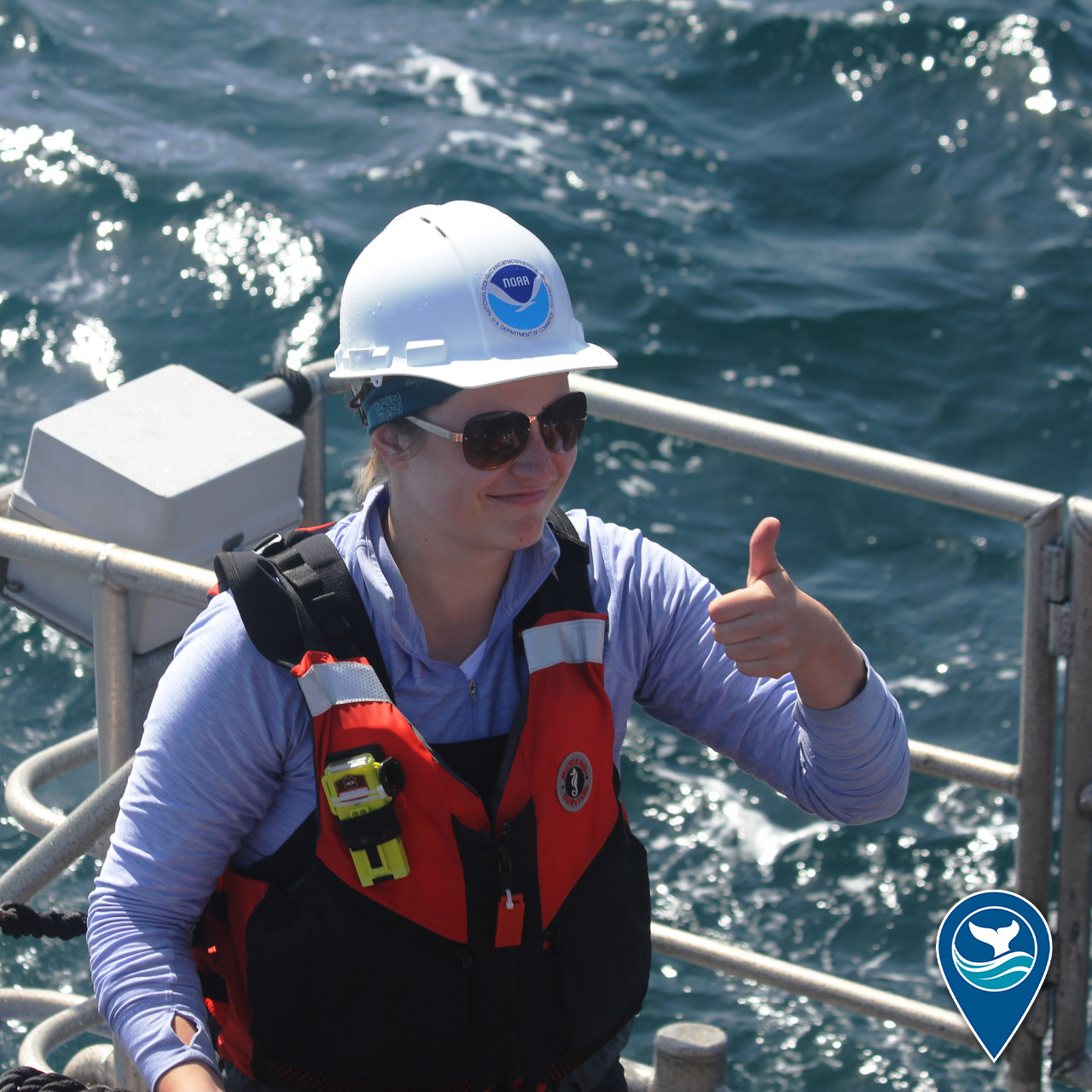BREAKING NEWS: Introducing a NEW national marine sanctuary… 🎉
With broad support, today NOAA announced an important addition to America’s National Marine Sanctuary System— Lake Ontario National Marine Sanctuary.
The 1,722 square-mile area contains waters that act as a gateway between the Great Lakes and the ocean and protect culturally significant places, resources, and artifacts integral to American history and the heritage of Indigenous Peoples.
This is the most recent national marine sanctuary designation since NOAA announced the inclusion of Wisconsin Shipwreck Coast National Marine Sanctuary in 2021, and it is the third sanctuary to be designated in the Great Lakes.





